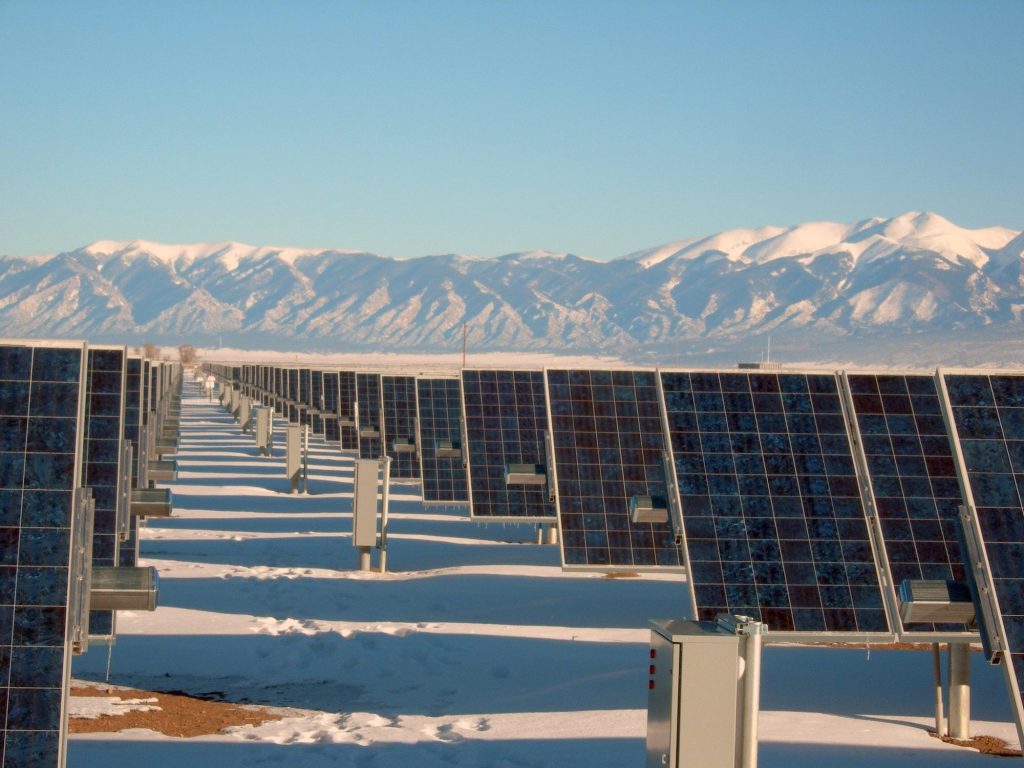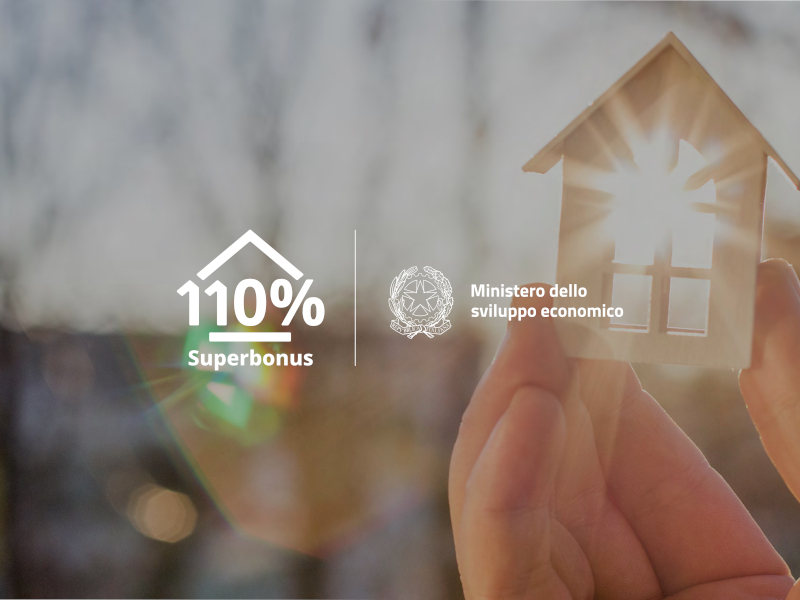That 2020 was a turning point in contemporary history is clear to all. In Italy, however, the pandemic crisis or the longed-for growth of a mature sustainable awareness have not only contributed to the change of course. Although initially little considered, in fact, the 110% Superbonus has gained more and more relevance. It all began with article 119 of Decree-Law no. 34/2020, better known as the Relaunch Decree. This introduced in our system the 110% tax deductions for energy efficiency interventions and reduction of seismic risk. But following the numerous controversies that have involved it, the postponements of expiry that regularly renew its validity, and the attempts to streamline the bureaucratic complexity that distinguishes it, where do we stand? Let’s delve into what it means to guarantee “efficient homes for all” in times of Superbonus!
Let’s get this straight, what are the building bonuses available today and what sets them apart?
Between Superbonus 110%, Ecobonus 65%, Renovation Bonus, Seismbonus, and Bonus Furniture, the risk of confusion is high. As well as the temptation to want to remake the house by strokes of eco-sustainable incentives could become misleading. We have, among other things, already spoken on the occasion of the model of ecological house introduced by BioCasa82. But what are today’s opportunities to convert old buildings into efficient constructions that guarantee healthier and less environmentally harmful living?

To date, there are three main solutions. The Ecobonus provides for the deduction on energy requalification interventions on buildings. The Sismabonus, on the other hand, concerns the 110% tax deduction on anti-seismic interventions on homes rented in seismic risk zones 1, 2, and 3. Finally, with Superbonus we mean the total deduction on all interventions of seismic and energy improvement. A sort of integration of Sismabonus and Ecobonus.
In any case, in all solutions, you can raise the tax deduction to 110% if you make one of two interventions that, in the jargon, are called “leading”. These are the realization of the internal or external thermal coat and the replacement of existing winter air conditioning systems with heat pumps. In addition to this, they are also accompanied by the so-called leading interventions. That is the installation of photovoltaic systems and infrastructure for recharging electric vehicles in buildings. All work carried out, moreover, must ensure the improvement of at least two energy classes of the building, with the confirmation of the certificate A.P.E. issued by a qualified technician.
What are the deadlines to meet?
As has become well known due to the numerous controversies raised, the relaunch decree had first foreseen the expiry of the 110% Superbonus on 31 December 2021. But, fortunately for most, recent regulatory interventions have postponed the deadline. Specifically:
- June 30, 2022 for interventions on single-family buildings or real estate units made by individuals, outside the exercise of business, art or profession. Only in the event that on that date have been carried out works for at least 60% of the total intervention, the Superbonus is extended to December 31, 2022;
- December 31, 2022 for apartment buildings;
- June 30, 2023 for bodies, institutes and companies that meet the requirements of European legislation on in-house providing. Also in this case, if by the established date work has been carried out for at least 60% of the overall intervention, the deduction is also due for expenses incurred by December 31, 2023.
Furthermore, according to the update note to the DEF (Nadef) approved by the Council of Ministers chaired by Draghi, the extension of the Superbonus 110% to 2023 could reach 2024.

As for data, however, how many are using it?
The partial national statistics, published by ENEA on April 21, 2021, had highlighted all the criticalities of use of the Superbonus 110%. On September 1, 2021, however, ENEA has published new data that bode well. With the clarification that the same will be updated monthly, for now not really verified, ENEA makes known:
- the number of affidavits uploaded to the dedicated website;
- the absolute value of the investments eligible for deduction;
- absolute values and percentages of work already completed;
- work on condominiums, single-family buildings, and independent living units.
If in June there were 19,000 properties affected by the Superbonus, then became 24,000 at the beginning of July 2021, in August ENEA found 37,128 open sites distributed as follows: 19,072 single-family buildings, 13,212 independent housing units, and 4,844 condominium buildings.
But where is the Superbonus mostly used in Italy? With more than 5 thousand interventions, Lombardy takes first place, followed by Veneto and Lazio, respectively with 4,628 and 3,704 buildings affected by the incentives. Valle d’Aosta, Molise, and Liguria are now the regions with the lowest number of facilitated interventions, although the practices in August were increasing compared to May. As for the average investment for carrying out the work, on August 31, 2021, this marked 547,191.22 euros in condominiums, 98,264.01 euros for single-family buildings, and 87,833.11 euros for buildings in functionally independent units.
What, then, is the value of these incentives?
In a country like Italy, characterized by an aging real estate heritage, the safety and efficiency of buildings are a great opportunity for the construction industry. Just think that historical buildings built centuries ago which still maintain their structural solidity coexist with buildings that are less than 50 years old while showing all their fragility.
Alas, in fact, the so-called ‘planned maintenance’ has long been just a political slogan. The decay of the buildings and the wear and tear of the facades are only the evident effect of years of neglect. It is no coincidence that only on the tragic occasions of meteorological disasters and seismic events does the problem become evident.
It is for this reason, therefore, that the advantages of a massive intervention aimed at saving energy and securing the built environment become multiple. First of all, the possibility to live in a healthier and safer environment is guaranteed to more social groups. The renovation of the coat, the replacement of boilers and windows with high-performance solutions ensures an immediate improvement in the quality of life inside the building. As well as saving on bills due to lower energy consumption from heating. Although it may seem secondary, then, safety is crucial in a country with high seismic risk like ours. In doing so, the state has given a first important signal towards the theme, granting to different types of real estate about 96 thousand euros for anti-seismic interventions. All without forcing the occupants to leave home.

Lastly, if we were finally convinced, who should we trust?
Although it is convenient, the complexity of the bureaucracy necessary to carry out an intervention supported by the 110% Superbonus is such that it is impossible for an individual citizen to be able to conclude everything without turning to technical experts. The risks of losing the facility for simple bureaucratic errors, in fact, are many. Although, as mentioned above, the simplification decree has reduced the necessary fulfilments, the procedure is still “Italian-style” complex.
To begin with, it would be highly recommended to identify a specialized thermomechanical expert, who develops a objective assessment of the energy class by providing the pre-intervention APE. A tax expert is then essential to prepare the necessary documentation to access the deduction. Similarly, an engineer/architect/geometrician in charge of following the work of the selected company will coordinate all interventions. The last necessary figure is the technician who must prepare the asseveration during and at the end of the works.
One might wonder what the role of ENEA and the Revenue Agency is. The verification and control activities of a technical nature are entrusted to ENEA, in accordance with the DM Asseverazioni. While those of a fiscal nature are entrusted by the Revenue Agency, in accordance with its circulars on deductions.
If at this point you are not discouraged but want to take advantage of the remaining time to access the building incentives, know that there are many agencies that have arisen to support individuals. For instance, the CLM Design & Concract website shows that there is nothing left for the individual to do but be willing and patient. In fact, they provide consultancy for plant and energy planning, interior design and architecture, the management of bureaucratic practices, and the realization of the interventions themselves. So why not take advantage of a unique opportunity like this?





